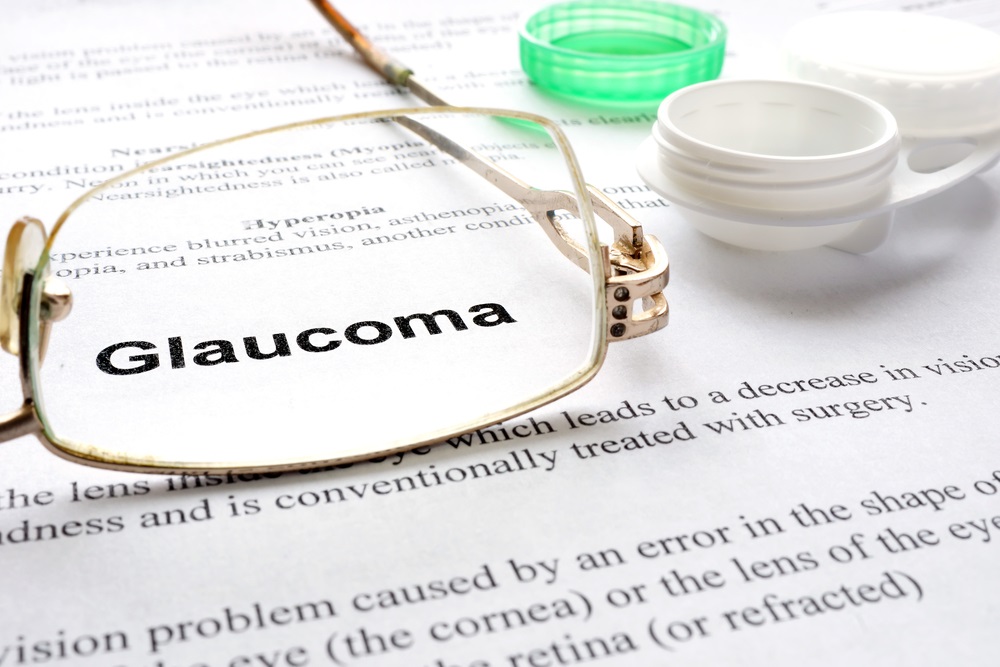Contents
Introduction
Glaucoma, a condition that demands our attention, is a silent thief of sight that can lead to irreversible vision loss if left untreated. When it comes to our overall well-being, our eyes play a crucial role, providing us with a window to the world. Maintaining good eye health is essential. In this comprehensive guide, we will explore the intricacies of this eye disease, underscore the significance of regular eye exams, and outline proactive measures to safeguard your invaluable sense of sight.
Unmasking Glaucoma: A Stealthy Threat
Glaucoma is a group of eye conditions that damage the optic nerve, often due to increased pressure within the eye. This damage can result in vision loss and blindness. There are different types of it, including primary open-angle glaucoma (POAG) and angle-closure glaucoma. POAG is the most common form and develops gradually over time, often without noticeable symptoms until significant damage has occurred.
The Stealthy Nature
One of the most challenging aspects of this disease is its subtle progression. Often referred to as the “silent thief of sight,” it can advance without causing noticeable symptoms or discomfort. In most cases, it develops slowly over time, often without causing any pain or discomfort. Moreover, it typically affects peripheral vision first, gradually working its way towards the center. This means that individuals may not immediately notice the subtle changes in their field of vision. By the time central vision is affected, irreversible damage may have already occurred.
This lack of immediate symptoms can lead to delayed diagnosis and treatment, allowing the condition to advance unchecked.This makes regular eye exams and early detection crucial for preserving vision.
The Role of Comprehensive Eye Exams
Comprehensive eye exams are essential for detecting glaucoma and other eye conditions in their early stages. These exams go beyond a simple vision check and include a series of tests to assess the overall health of your eyes, including measuring intraocular pressure, examining the optic nerve, and assessing peripheral vision.
Detecting Glaucoma: The Eye Exam Process
During an eye exam, your eye care professional will perform various tests to evaluate your eye health. These tests may include:
-
- Tonometry: Measures intraocular pressure.
- Ophthalmoscopy: Allows visualization of the optic nerve.
- Perimetry: Evaluates your peripheral vision.
- Gonioscopy: Assesses the drainage angle of the eye.
The Frequency of Eye Exams
The frequency of glaucoma eye exams depends on various factors, including age, family history, and overall eye health. In general, adults should have a comprehensive eye exam at least every two years. However, individuals at higher risk, such as those with a family history of glaucoma, may need more frequent exams.
Taking Proactive Measures: Prevention and Management
While certain risk factors for glaucoma, such as age and genetics, are beyond our control, adopting a healthy lifestyle can contribute to prevention. Managing conditions like diabetes and hypertension, maintaining a balanced diet, and avoiding smoking can all play a role in reducing the risk of it.
The Role of Medications
In some cases, medications may be prescribed to lower intraocular pressure and manage glaucoma. These medications can include eye drops or oral medications. It’s important to follow your eye care professional’s instructions carefully and attend regular follow-up appointments.
FAQs
Can glaucoma be cured completely?
Unfortunately, there is no cure for it. However, with early detection and proper management, its progression can be slowed or halted.
Are there any warning signs of glaucoma?
In the early stages, it usually presents no noticeable symptoms. That’s why regular eye exams are crucial for early detection.
Who is at a higher risk of developing glaucoma?
Individuals with a family history of glaucoma, older adults, and individuals with conditions like diabetes or hypertension are at a higher risk.
Can I prevent glaucoma through diet?
While diet alone cannot prevent it, a balanced diet rich in antioxidants and nutrients can contribute to overall eye health.
While increased intraocular pressure is a significant risk factor for some types of it, other factors can also contribute to its development.
Conclusion
In conclusion, the eye exam for glaucoma is a vital tool for early detection and prevention of this sight-threatening condition. Regular comprehensive eye exams, along with a healthy lifestyle and appropriate medical management, can significantly reduce the risk of vision loss. Remember, your eyes are irreplaceable, so prioritize your eye health and schedule regular visits to your eye care professional.
For more inquiries, contact us and make an appointment.

